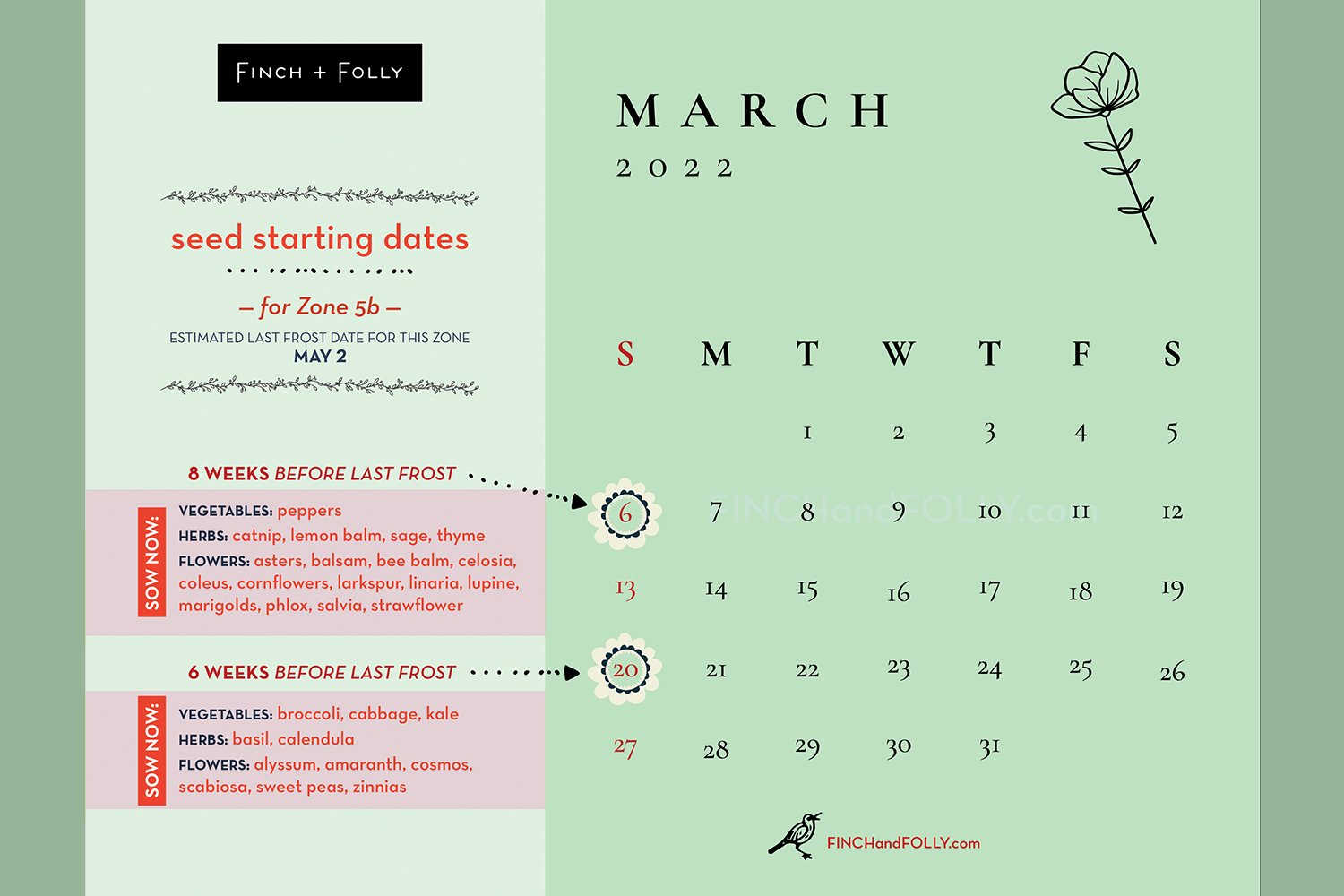Seed Starting: Understanding Last Frost Dates
In order to figure out when to begin to start your seeds, you’ll need to know your last frost date. In a nutshell, your last frost date is not a green light to go outside and plant your entire garden. All it simply is, is an estimated date that predicts the winding down of nighttime temperatures dipping below freezing level. And it is only an estimate. So that means that it can very well be extremely cold or even snow after that date (it snowed here in Maine as late as Mother’s Day one spring).
Last frost usually signals that it is now safe to transplant out those hardened off cool weather crops like faves, brassicas and lettuce. Some crops like spinach, beets, and peas need the chillier temperatures to properly germinate, grow and thrive, so they are best directly sown at this time as well, if not a week or two prior to your last frost. Your last frost is also a great time to plant to directly sow hardy annuals like alyssum, cornflowers and love-in-the-mist.
Warm weather crops like tomatoes, basil and pumpkins, should not go out into the garden until several weeks after your last frost date, once the soil has adequately warmed up along with the nighttime temps.
You’ll want to keep that in mind, because even though you can sow those tomato seeds 6-8 weeks before your last frost, the reality is, those tomato seedlings will need to remain indoors for a good 3-4 weeks after your last frost. Basically saying that those tiny tomato seedlings could easily become tomato trees in that short period of time, so plan accordingly. And give yourself a break if you are a little late starting your seeds as you have a safety zone of time with your warm weather crops.
I figured it’s easiest to share my calendars to show how work your way back from your last frost date to plan out when it’s time to get sowing. When I tried to just explain it in words it sounded like a really bad garden algebra equation.
I’m in Zone 5b. Our estimated last frost date is May 2nd. Refer to your seed packets for variety specific information on when to start, but shown here are some crops you can get growing indoors in February and March. I’ll share my April and May calendars as soon as I get those jotted up.
If you live in a different growing zone, it is all good. You can still use my reference list of what to sow for the weekly countdowns (ie. 6 weeks before last frost), just map it back from your last frost in your region. Happy sowing!




